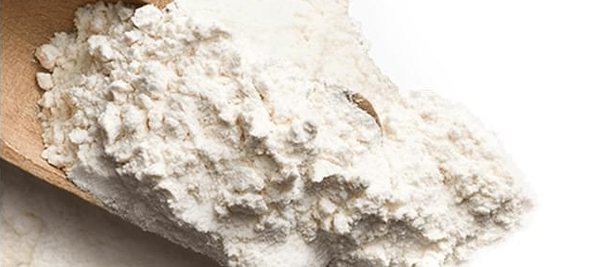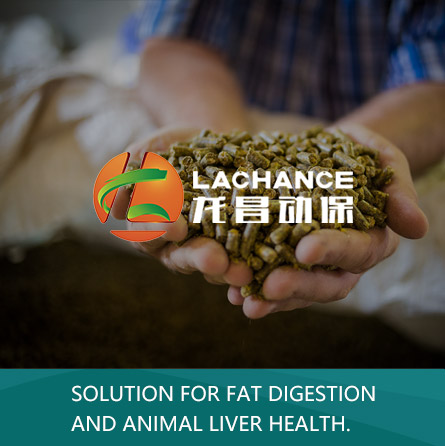Effects of Bile Acid on Broiler Diet with Different Level of Oil
With the rapid development of modern farming, the pursuit of rapid growth in broilers often comes at the expense of their health and meat quality.
Oil provide the essential energy and nutrients needed for rapid growth in poultry and is one of the most important ingredients in feed. However, due to the limited digestive enzymes and endogenous emulsifying substances in broilers, their bodies often cannot fully digest and absorb the fats and lipids in the feed.
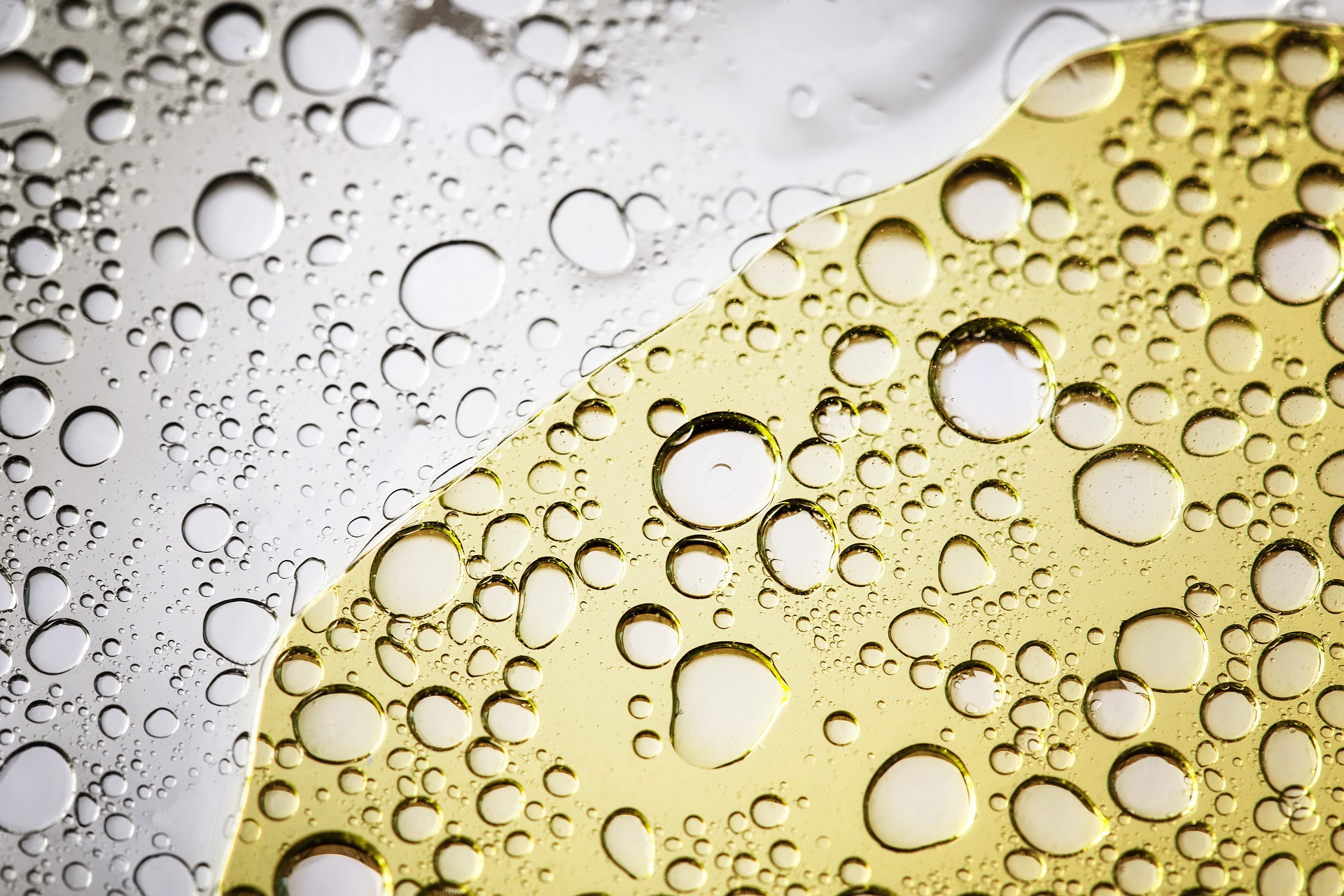
Emulsifiers, as one of the most commonly used feed additives, can improve the emulsification of fats and lipid nutrients in the animal digestive tract, enhance nutrient absorption, and promote animal growth.
Bile acids, as a natural emulsifier used in animal husbandry, not only promote the digestion and utilization of lipids in animals but also act as signaling molecules in preventing and treating fatty liver disease in animals.
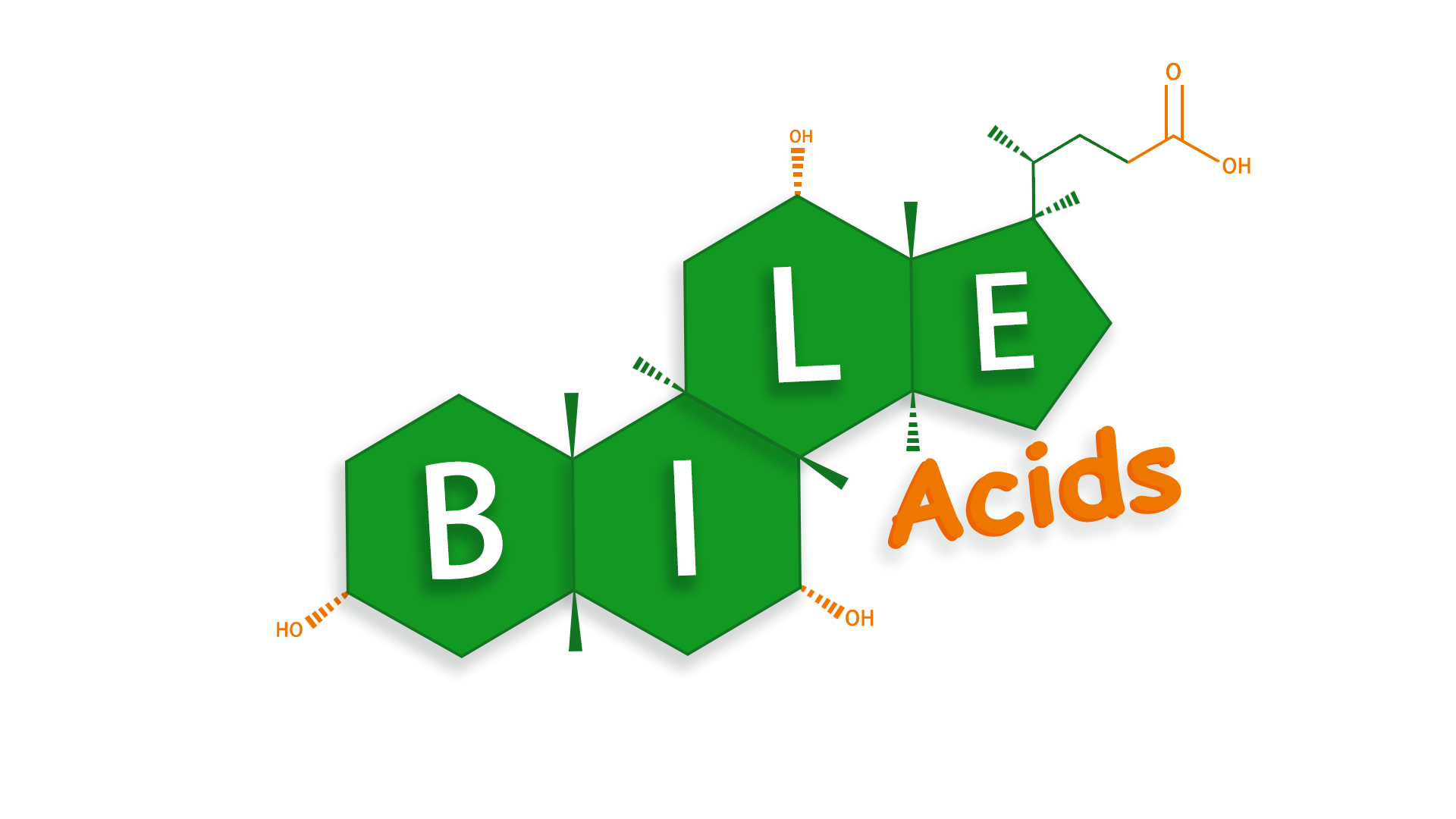
This experiment investigates the effects of adding bile acids to diets with different fat levels on the growth performance, meat quality, blood lipid levels, and liver lipid metabolism of Arbor Acres (AA) broilers, aiming to provide scientific evidence and references for the animal husbandry industry.
The experiment studied the effects of adding bile acids to diets with different fat levels on the growth performance, feed nutrient utilization, and intestinal digestive function of broilers.
The trial lasted for 42 days and used a 2x2 factorial design. A total of 480 one-day-old AA broilers (body weight: 45.0±0.26g) were randomly assigned to four experimental groups. The experimental factors were fat addition levels (basal diet: 2% in the early stage, 4% in the late stage; high-fat diet: 3% in the early stage, 5.5% in the late stage) and bile acid addition levels (level 1: 0 in the early stage, 0 in the late stage; level 2: 60g/t in the early stage, 80g/t in the late stage). The experimental groups were: BF (basal diet group), BF-B (basal diet + bile acid group), HF (high-fat diet group), and HF-B (high-fat diet + bile acid group). Each group had 8 replicates, with 15 chickens per replicate. The trial was divided into an early stage (1-21 days) and a late stage (22-42 days).
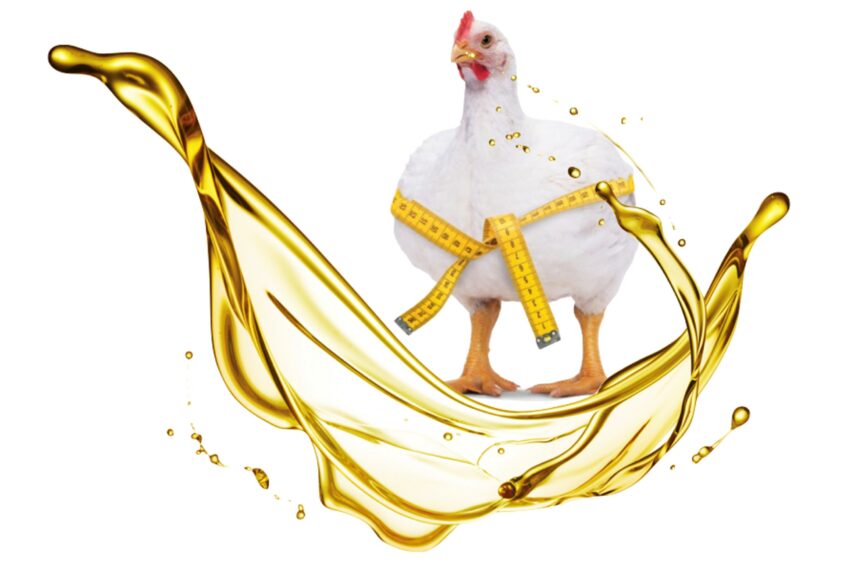
The results showed:
(1) At 1-21 days, compared to the basal diet, the high-fat diet significantly reduced the feed-to-weight ratio (F/G) of broilers (P<0.05). Compared to the group without bile acid supplementation, the group with bile acid supplementation showed a significant increase in body weight at 21 days and average daily gain (P<0.05). At 21-42 days, compared to the diet without bile acid, the diet with bile acid significantly reduced the F/G in the late stage. At 1-42 days, the diet with bile acid significantly reduced the F/G throughout the entire period.
(2) At 42 days, bile acid supplementation significantly reduced the thymus index of the chickens (P<0.05).
(3) At 21 and 42 days, bile acid supplementation significantly promoted the crude fat digestibility of the feed in broilers (P<0.05).
(4) At 21 days, compared to the group without bile acid supplementation, bile acid supplementation significantly increased the lipase activity in the ileum of broilers (P<0.05). At 42 days, bile acid supplementation significantly increased the lipase activity in the jejunum of broilers (P<0.05).

